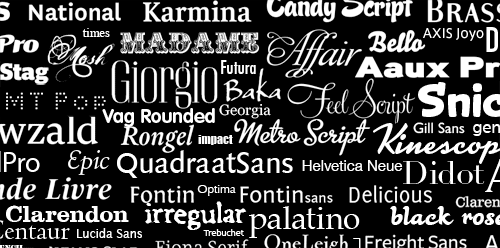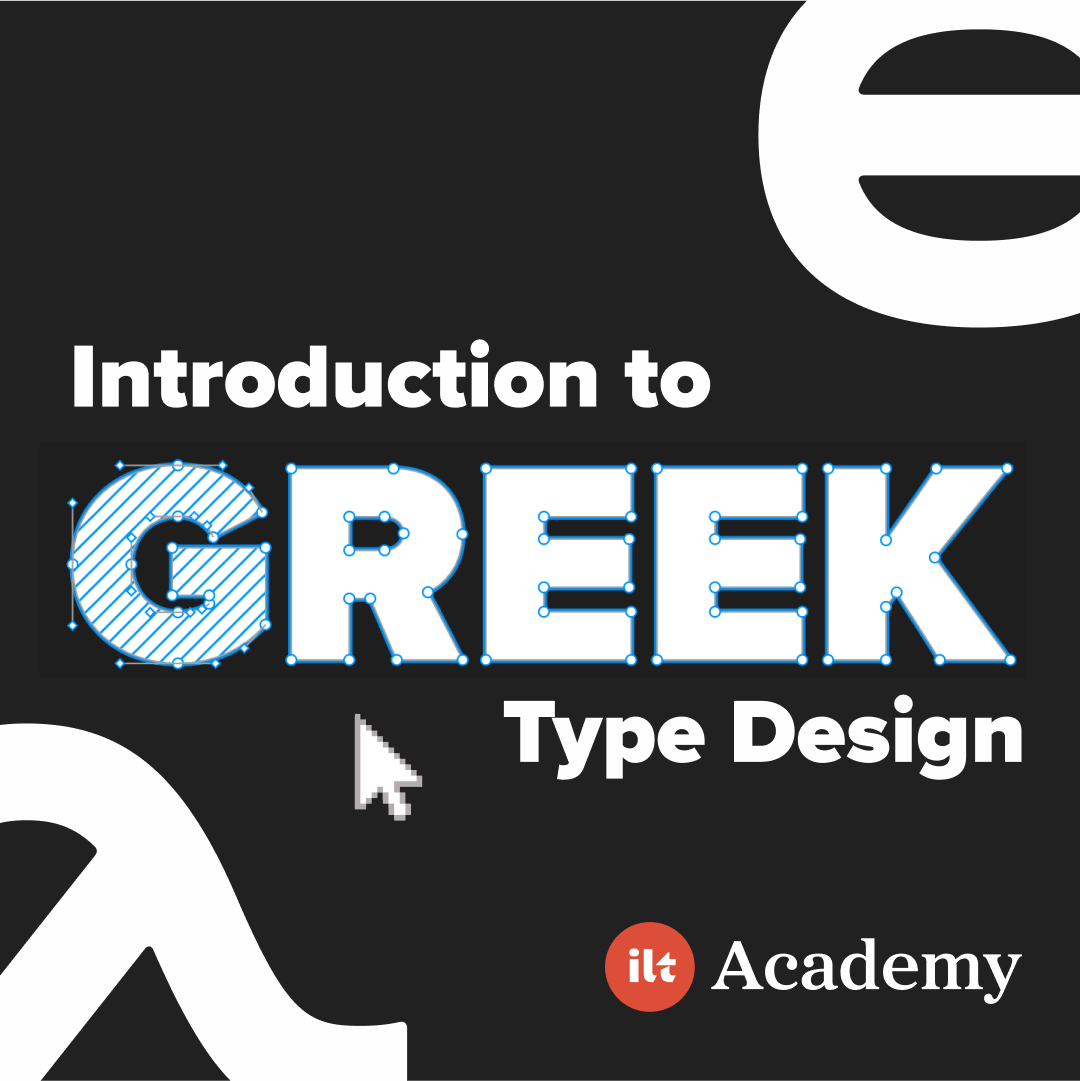On Choosing Type
First Principles
Typography is not a science. Typography is an art. There are those who’d like to ‘scientificize’; those who believe that a large enough sample of data will somehow elicit good typography. However, this sausage-machine mentality will only ever produce sausages. That typography and choosing type is not a science trammeled by axioms and rules is a cause to rejoice.
Before we get to the nitty-gritty of choosing type, let’s briefly talk about responsibility. Fundamentally, the responsibility we bear is two-fold: first we owe it to the reader not to hinder their reading pleasure, but to aid it; second, we owe a responsibility to the typeface or typefaces we employ. Good typefaces are designed for a good purpose, but not even the very best types are suited to every situation. Personally, I’m always a little nervous about using a newly acquired typeface. A new typeface is something like a newborn baby (though it doesn’t throw-up on you): don’t drop it, squeeze it too hard, hold it upside-down; in other words, don’t abuse it, treat it respectfully, carefully.
If you’ve understood the above two paragraphs, then you’ll know that what follows is not a set of rules, but rather a list of guiding principles.
Sans or Serif?
In my opinion, a lot of time is wasted attempting to prove that one is better than the other for setting extended text. I suggest that you ignore the vague and inconclusive findings of such ramblings and decide for yourself. Oh, but seriffed types are better for extended text because the serifs lead your eye along… Stop! Nonsense.

Rather than write another ten paragraphs on this topic, I’ll simply say that we read most easily that which we are most familiar with. (feel free to disagree in the comments below). And if you’re in any doubt as to whether sans serif typefaces can be used for body text, then turn left at the end of aisle three and make your way over to the Swiss Typography department.
Guideline One: honour content
This, of course, should be every typographer’s mantra. In fact good typographers, most likely won’t even have to consciously think about this—it’s instinctual.
[typography] is a craft by which the meanings of text (or its absence of meaning) can be clarified, honored and shared….
—Robert Bringhurst
It’s worth mentioning here that these principles are equally applicable to any medium. Some of my favorite typefaces look dreadful on screen; and even good typefaces like Georgia or Verdana, designed especially for the screen, often look at best mediocre on paper. Choosing type for the web is easier owing to fewer choices; however, that’s beginning to change. We now have sIFR and ‘web fonts’, so it’s all the more important to think carefully about the type we use. Is Times/Times New Roman—narrow set and designed for narrow columns—really appropriate for long-line extended text on screen?
Guideline Two: read it
And, no, I’m not being facetious. If you’re setting text, whether it be for a novel about the Franco-Prussian war or for a single-word headline, read it—really read it. Reading the text will give up vital clues, not only for choosing the right typeface or typefaces, but will also be an aid in the overall design of the page. An example: you’re setting text for an essay on the history of blackletter; so you set the text in blackletter, right?

Probably not. There is a place for considering the historical context; however, it would be wrong to stick rigidly to this method of choosing type. If you’re setting a text on Neanderthal man, you’re going to run into problems. (see The Elements of Typographic Style, chapter 6.3, for excellent coverage of this particular topic). On the other hand, if your only audience is the BAF (Blackletter Addicts Foundation), then perhaps blackletter is appropriate.
In addition to reading the text, one should attempt to understand it. This is not always possible. If you’re setting text for an article on String Theory or Quantum Mechanics, then perhaps full comprehension is out of the question. However, attempt to understand the thrust or theme of the text.
Guideline Three: audience and canvas
Who will read your beautifully set text? Scientists, lawyers, engineers, echo boomers, children? If it’s not obvious from the text, then find out. Historical ligatures may not go down too well with preschool kids.

Consider too the canvas, the page. Perhaps you’re setting text within someone else’s page design and you have no control over margins or page dimensions. A cramped page, with small margins may benefit from a lighter type, whereas ample margins may well merit a blacker typeface. We’ll look at this in much more detail in a future article.
Guideline Four: does it look right?
If your text’s final destination is paper, then print it and see. Your type might look exquisite on screen, but a train wreck on paper. There really is no substitute for printing. If setting for the screen, then check it on both PC and Mac, and at different resolutions (screen sizes).
And finally…
Remind yourself that typography really is an art and that many of the decisions you make, including type choice, are subjective. If you’re unsure, ask others (designers and non-designers) to read your work. And seek out examples of great typography.
In future articles we’ll look at specific case studies, and examples of serif and sans serif typefaces that work well together, together with a list of my favorite typefaces. Perhaps you have your own methods for choosing type. If you do, then be sure to share them in the comments.











